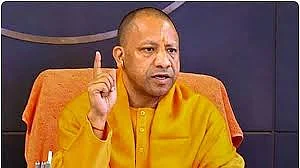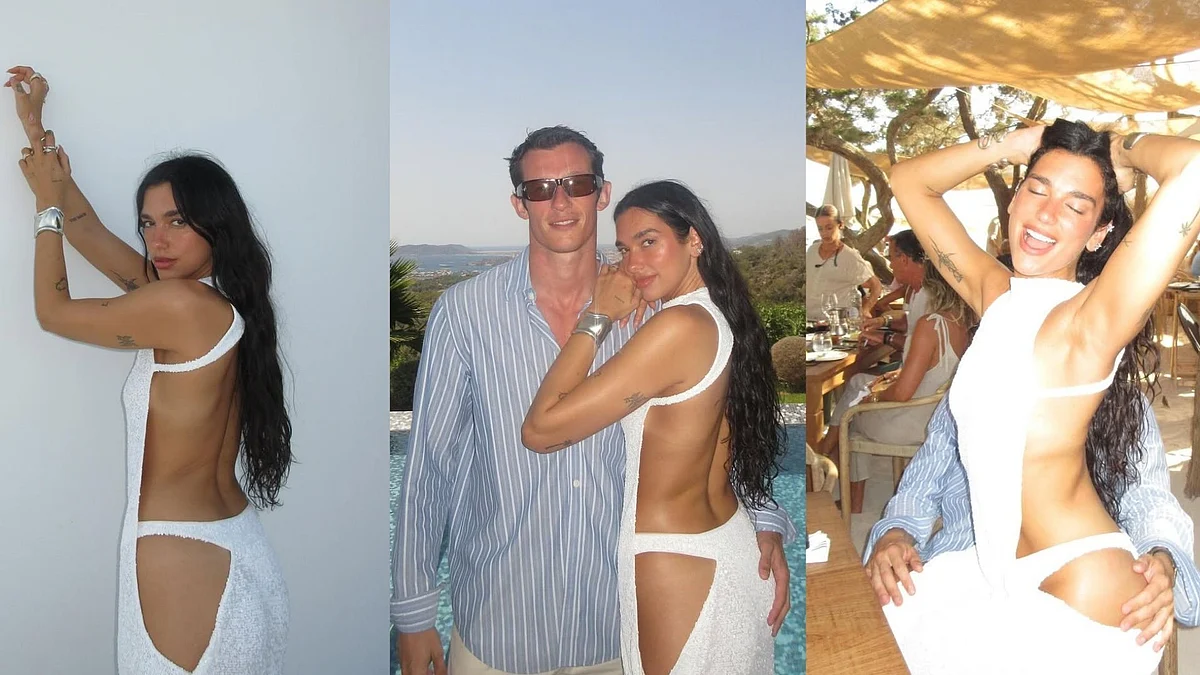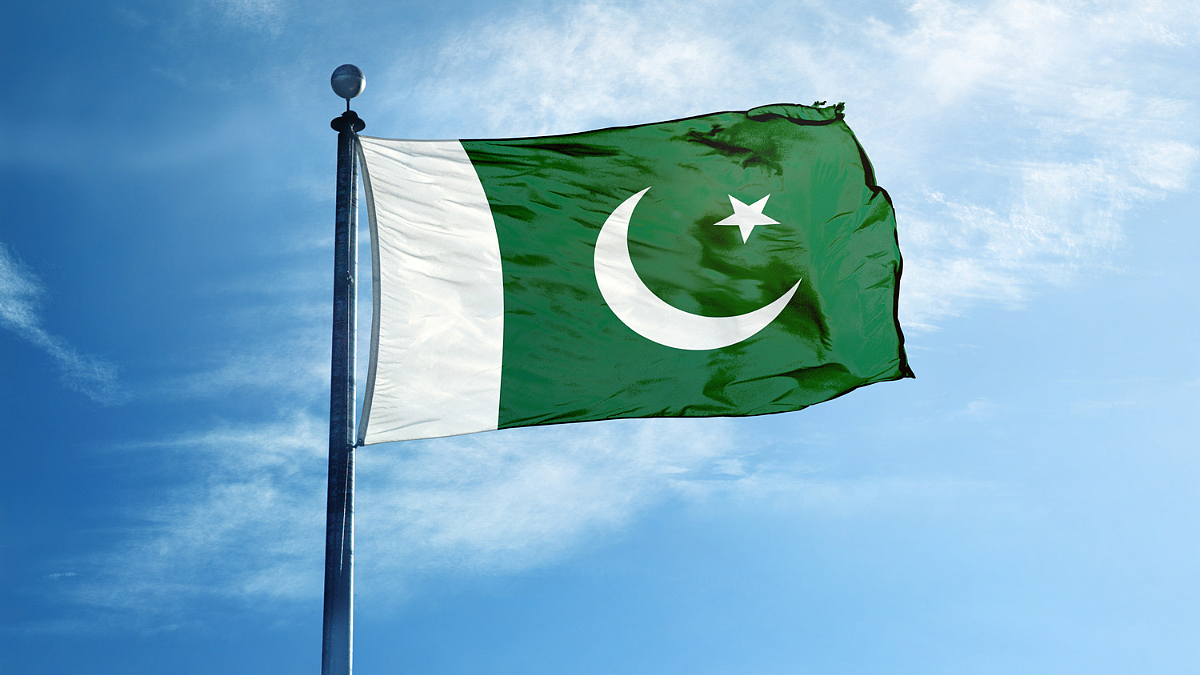The festival of colours is just around the corner. Holi is one of the most anticipated celebrations in Hindu culture, marking the arrival of spring and the victory of righteousness over evil. The festivities span over two days, starting with Choti Holi, also known as Holika Dahan, followed by Rangwali Holi, the day of colours.
Choti Holi is an evening of spiritual significance, where devotees come together to perform Holika Dahan, lighting sacred bonfires to commemorate the age-old legend of Prahlad and Holika. The ritual represents the triumph of devotion and virtue, reminding us that faith and goodness always win over arrogance and hatred.

Canva
Choti Holi 2025 Date
Holi is celebrated in the Hindu month of Phalgun, which usually falls in February or March in the Gregorian calendar. In 2025, Choti Holi will be observed on March 13, followed by Rangwali Holi on March 14.
Puja vidhi and samagri for Holika Dahan 2025
The Holika Dahan ritual is performed at night with a ceremonial bonfire, symbolizing the cleansing of negativity and ushering in positivity and prosperity. Families and communities gather around the fire to seek blessings and protection from evil influences.
Rituals steps to perform Holika Dahan Puja:
Preparation of the bonfire: A pile of wood, dried leaves, and cow dung cakes is arranged in an open space, symbolizing Holika.
Tying sacred thread: Before lighting the fire, devotees wrap the woodpile with a white sacred thread three or seven times, signifying protection and sanctity.
Offering puja items: The bonfire is worshipped with holy water (Gangajal), kumkum, flowers, and turmeric, seeking divine blessings.
Lighting the fire: The bonfire is lit while chanting sacred hymns and mantras, marking the victory of good over evil.
Roasting of grains: Green cereals, wheat baaliyan (wheat ears), and coconut are roasted in the fire, which is later distributed as prasad among family and friends.
Parikrama (circumambulation): Devotees walk around the fire while offering prayers for happiness, prosperity, and protection from negative energies.
To perform the ritual, the following items are required:
Gangajal (holy water)
Cow dung garland
Akshat (unbroken rice)
Flowers
Roli and Moli (sacred thread)
Jaggery
Turmeric
Moong dal
Batashe (sugar discs)
Gulal (colored powder)
Coconut
Wheat baaliyan (ears of wheat)

Do’s and don’ts of Holika Dahan rituals
To ensure that the ritual is performed correctly and respectfully, certain practices should be followed, while others should be avoided:
Do’s:
Perform the ritual during the auspicious Holika Dahan Muhurat to maximize its spiritual benefits.
Ensure that the bonfire is lit in an open space and does not pose a hazard.
Offer prayers with pure intentions and seek blessings for prosperity, happiness, and protection.
Share the roasted prasad with family and friends as a sign of goodwill and blessings.
Recite Vishnu mantras and prayers while performing parikrama around the bonfire.
Don’ts:
Avoid using plastic or harmful materials in the bonfire, as it is both disrespectful and environmentally hazardous.
Do not quarrel or engage in negative behaviour during the ritual, as it is a time for unity and positivity.
Refrain from wearing black or inauspicious colours during the puja.
Avoid disrespecting the sacred offerings and ensure that the puja is conducted with purity and devotion.













